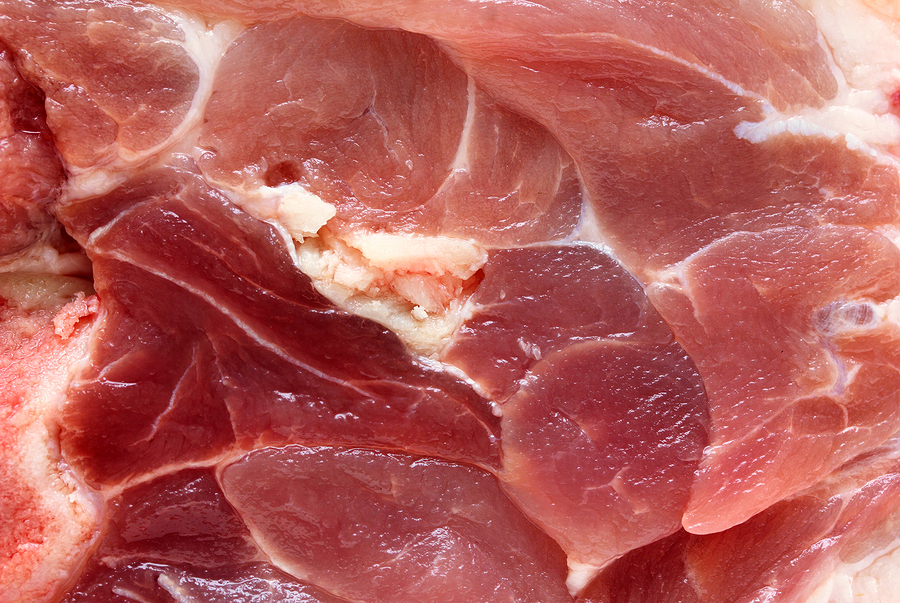The raw dog food diet is about learning what each individual dog needs. Feeding raw will give you great insight into your dog’s dietary requirements, but until you’ve learned exactly what they need missteps are almost guaranteed.
We’ve all made them. Newbie mistakes are inevitable. Don’t be discouraged when you make slight errors. It’s easy to make mistakes when you are a newbie to feeding a raw dog food diet.
Here are 4 common mistakes you should do your best to avoid.
1. Feeding Too Much Bone
Bone should account for 10% of the raw dog food diet. Feeding too much can result in constipation and effect your dog’s digestion.
It’s important to know that all dogs have different bone tolerances. Some dogs need more than 10% while others need less.
When starting your dog on their new raw dog food diet it’s best to start with pieces like chicken leg quarters, duck frames, chicken wings, etc. These have soft bones that are easy for your dog’s digestive system to process while it’s adjusting to their new diet.
However, if your dog’s poop is chalky, white or you find bits of undigested bone you need to back off of the bone percentage and/or add more meat (chicken or duck) to their meals. Poop should be small, firm and non-sticky.
Take Note: It’s important to be consistent with bone. Don’t feed too much bone in one sitting and spread out boney meals throughout the week.
READ: Unsafe bones for your raw fed dog.
2. Feeding Too Much Variety, Too Soon
Starting your dog on a raw dog food diet is exciting, but it’s important not to add too much variety too quickly.
Start with one protein (duck or chicken) and stick with it until your dog’s digestive system completely adjusts.
Feeding too much variety too soon will result in diarrhea and painful stomach aches. Take it nice and easy when introducing new proteins. Wait a week or two before adding a new protein and add it slowly.
3. Feeding Wrong Quantities
Raw fed dogs should eat between 2% and 3% of their ideal weight. This percentage will vary with each dog depending on their activity level, age (puppies need as much as 10% of their current weight depending on their age), etc.
The key is to keep a close eye on your dog. Are they gaining weight, losing weight or maintaining a healthy weight?
Take Note: If your dog is gaining weight you need to cut back on the percentage of food you’re feeding. Don’t’ cut out fats from the diet. Fat is essential to dogs. It helps maintain a healthy brain, aids in cell growth, benefits the nervous systems and is their energy source. Feed overweight dogs less food, not less fat.
If you’re having a hard time keeping weight on your dog try adding more fat to their diet. Feeding more food isn’t always the answer. A higher fat diet is (more often than not) what your dog needs to maintain a healthy weight.
4. Adding Supplements
The raw diet alone provides every vitamin and mineral that your dog needs and commercial supplements are not recommended.
My personal recommendations are fish oil, turmeric golden paste, kelp and apple cider vinegar. Beyond that your raw fed dog’s raw diet alone meets every nutritional need.
